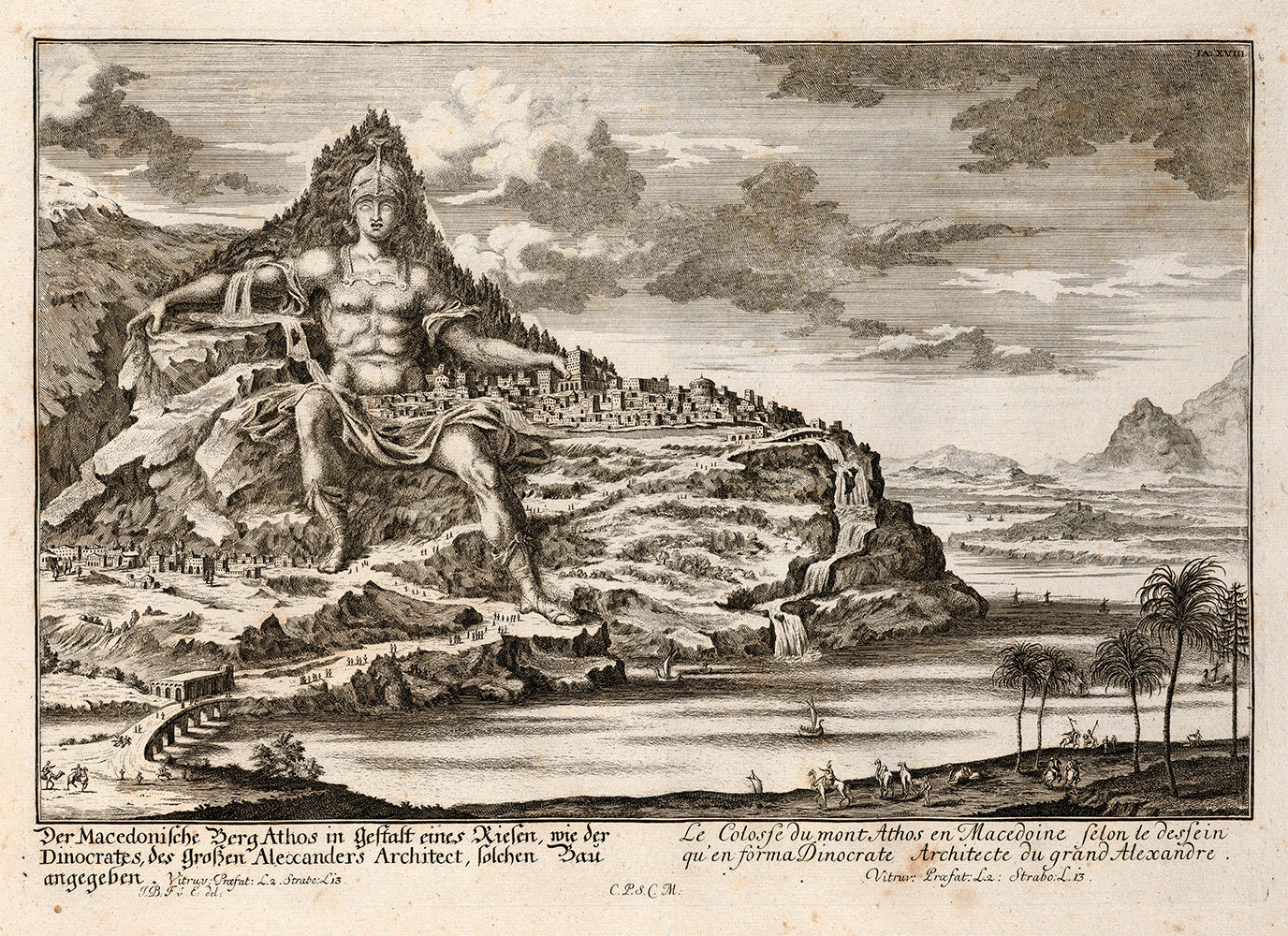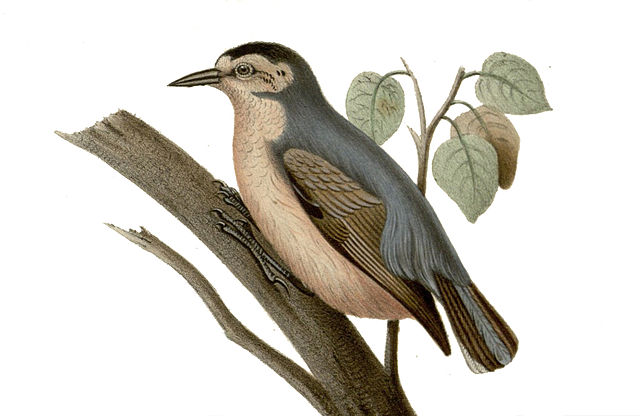In Ambrosia and Small Beer (1964), Edward Marsh describes a way of passing time during a long sermon:
[Y]ou look out for words beginning with each letter of the alphabet in succession, and if you get as far as Z (for which you may count a Z in the middle of a word) you cast a Bible on the ground and leave the building. It is palpitating. On this occasion we were held up by B, which seemed as if it would never come; and as the sermon was short neither of us got beyond M.
In Strong Drink, Strong Language (1990), John Espey writes,
Like most ministers’ children, I imagine, I early perfected several techniques for surviving sermons — counting games, making knight’s moves through the congregation using bald heads, or brown-haired, or ladies’ hats for jumps; betting my right hand against my left on which side of the center aisle the next cough would come from; or what the division would be in the Lord’s Prayer between ‘debts’ and ‘trespasses.’ I had, after all, heard everything, and more than once, by the time I turned ten.
P.G. Wodehouse’s 1922 story “The Great Sermon Handicap” describes a variation on a horse race: “Steggles is making the book. Each parson is to be clocked by a reliable steward of the course, and the one that preaches the longest sermon wins.” In 1930 a group of Cambridge undergraduates carried this out in real life — the winner, for the record, was the Rev. H.C. Read, “riding” the parish church of St Andrew-the-Great.



